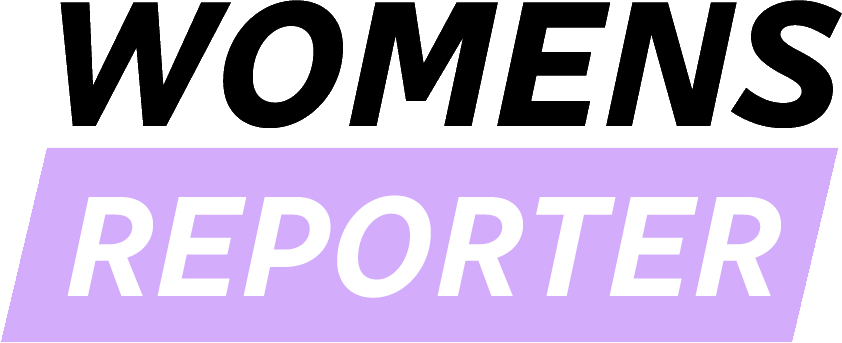June 2025 marks World Workplace Wellbeing Month, an annual observance dedicated to promoting employee health, happiness, and potential across organizations worldwide. Spearheaded by the Global Wellness Institute’s (GWI) Workplace Wellbeing Initiative, this year’s campaign emphasizes integrating wellbeing into business strategies, prioritizing brain health and recovery, and fostering social connections in the workplace.
The GWI’s Workplace Wellbeing Initiative has curated a series of events and resources throughout the month to support these objectives. These offerings aim to inspire organizations to embed wellbeing into their core operations and leadership practices, moving beyond isolated programs to create sustainable impact.
Key Events and Resources
Among the highlighted events is a LinkedIn Live conversation titled “Why Are We Here?” featuring Laura Putnam and Jennifer Moss, which explores the shortcomings of current work systems in supporting workforce wellbeing and discusses strategies for building more human-centered cultures. Another significant event is Global Wellness Day on June 14, themed “#ReconnectMagenta,” focusing on the importance of social connection as a cornerstone of workplace wellness.
Additionally, a fireside chat on June 26, hosted by “Let’s Improve Workplace Wellbeing,” delves into optimizing psychosocial environments, examining how factors like workplace relationships and environmental design impact employee wellbeing. Later that day, a panel discussion titled “The Thriving Advantage: Unlocking Systemic Impact Through Coaching” explores the strategic role of coaching in fostering organizational transformation.
Complementing these live events are curated resources and on-demand content, including podcasts and webinars. Topics range from the impact of convenience and digital ease on wellbeing to the significance of sleep quality in leadership performance. These resources provide organizations with practical insights to enhance their wellbeing initiatives.
2025 Workplace Wellbeing Trends
The GWI’s 2025 trends report underscores the shift towards embedding wellbeing as a strategic business priority. Organizations are increasingly recognizing that comprehensive approaches to employee health—addressing physical, mental, social, and financial wellbeing—can enhance productivity, resilience, and competitive advantage.
Key trends include the integration of wellbeing into leadership development and organizational policies, the emphasis on brain health and recovery, and the focus on fostering social connections to combat workplace loneliness. The report also highlights the evolving role of artificial intelligence (AI) in the workplace, advocating for a balance between technological advancements and human-centered approaches to ensure employee wellbeing.
Global Context and Organizational Impact
Despite significant investments in wellbeing programs, many employees continue to experience high levels of stress and dissatisfaction. A Financial Times report indicates that global corporate spending on wellbeing initiatives reached $51 billion in 2022, yet employee stress remains at an all-time high, particularly in regions like East Asia, the US, and Canada. Experts suggest that the effectiveness of wellbeing programs often hinges on factors such as leadership behavior, job design, and organizational culture.
To address these challenges, organizations are encouraged to move beyond superficial initiatives and foster environments that genuinely support employee wellbeing. This includes training managers to recognize and address stressors, creating flexible work arrangements, and promoting a culture of psychological safety.
Conclusion
World Workplace Wellbeing Month 2025 serves as a catalyst for organizations to reevaluate and enhance their approaches to employee wellbeing. By aligning business strategies with comprehensive wellbeing practices, companies can create healthier, more productive work environments that support the full potential of their employees.
